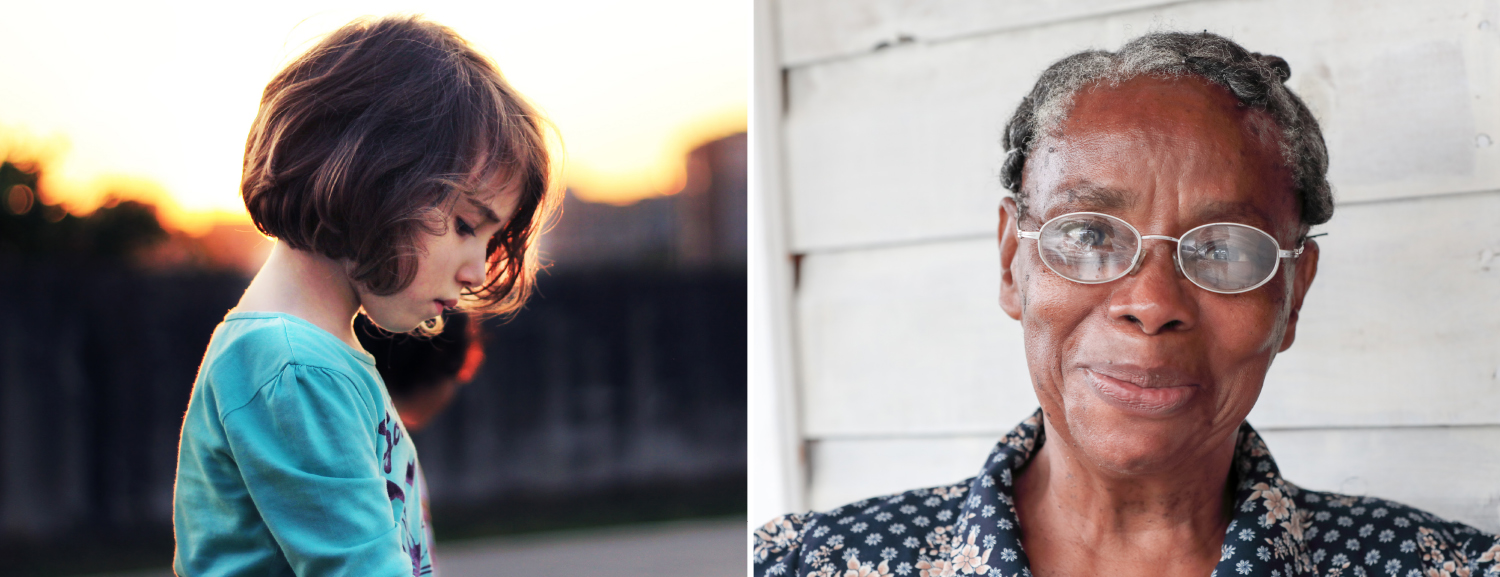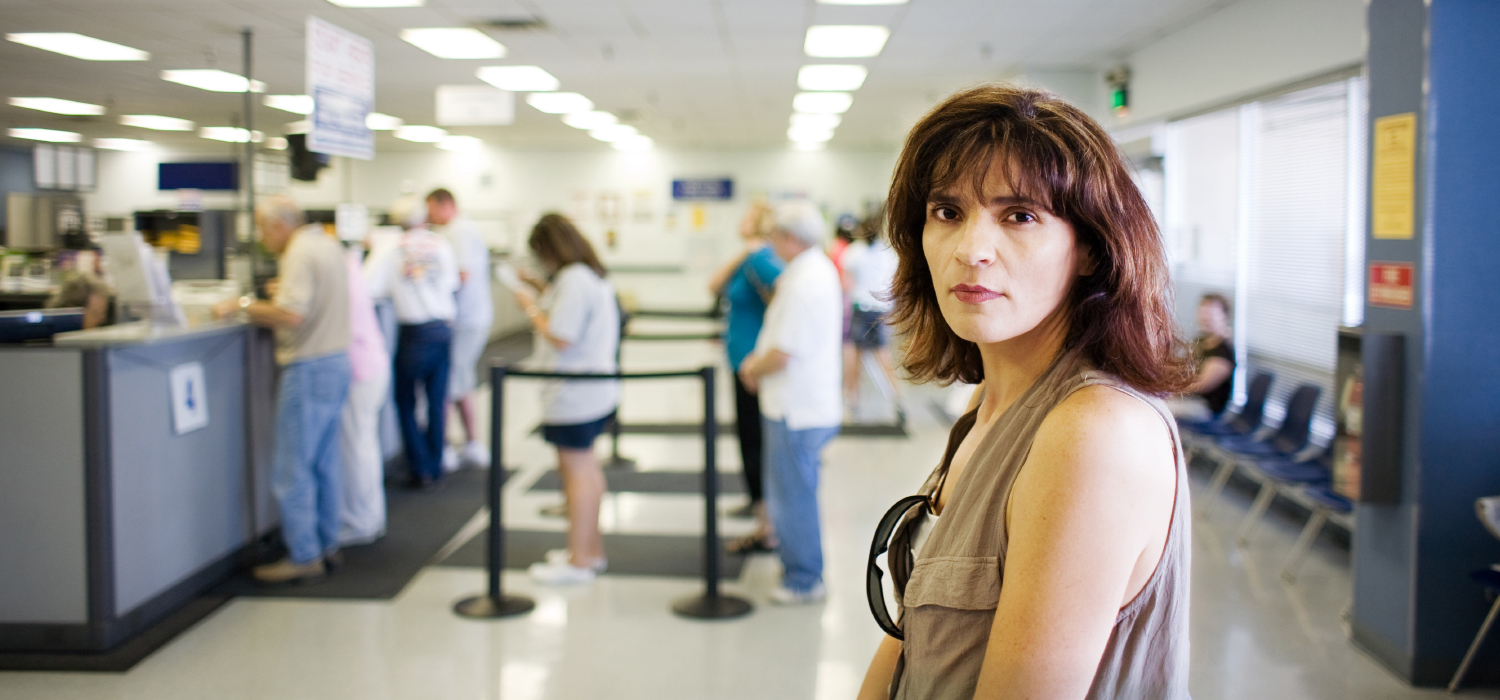How Many Low Income Families in America 2018
In 2020, 37 million people lived in Poverty The states. That means the poverty rate for 2020 was 11.4%. However, due in part to the advocacy of Catholics around the state, in 2020 the supplemental poverty measure – which takes into account programs designed to continue people out of poverty – dropped to 9.1, the lowest rate since 2009. Thank you to stimulus payments, enacted as role of economical relief legislation related to the COVID-nineteen pandemic, 11.7 million individuals were lifted out of poverty. Use our interactive map to take a closer look at poverty statistics in the United States.
Who lives in Poverty USA?
All those who make less than the Federal authorities's official poverty threshold... which for a family of 4 is virtually $25,700. People working at minimum wage, even belongings down multiple jobs. Seniors living on fixed incomes. Wage earners suddenly out of work. Millions of families everywhere from our cities to rural communities.
Poverty does not strike all demographics equally. For instance, in 2018, 10.vi% of men, and 12.9% of women lived in Poverty U.s.a.. Along the same lines, the poverty charge per unit for married couples in 2018 was simply iv.7% - but the poverty rate for unmarried-parent families with no married woman present was 12.vii%, and for single-parent families with no married man nowadays was 24.9%.
In 2018, the poverty rate for people living with a disability was 25.seven%. That's nearly 4 million people living with a inability—in poverty.
Poverty by Historic period

Children in Poverty
In 2018, 16.two% of all children (11.9 million kids) lived in Poverty USA—that'due south almost 1 in every 6 children.
In 2015, the National Center on Family Homelessness analyzed land-level data and found that nationwide, ii.v million children experience homelessness in a year.
Seniors in Poverty
Though the official demography information gives seniors a 2018 poverty rate of only 9.7%, the Supplemental Poverty Measure out, which accounts for expenses such as the rising costs of wellness care, raises the senior poverty rate to fourteen.ane%.
Poverty by Ethnicity
According to 2018 US Demography Data, the highest poverty charge per unit by race is found amid Native Americans (25.four%), with Blacks (20.8%) having the second highest poverty charge per unit, and Hispanics (of any race) having the third highest poverty rate (17.6%). Whites had a poverty rate of 10.1%, while Asians had a poverty rate at 10.1%.
The Economics of Poverty
Poverty thresholds are determined past the Us government and vary co-ordinate to the size of a family, and the ages of its members. In 2018, the poverty threshold—also known as the poverty line—for an individual was $12,784. For ii people, the weighted average threshold was $16,247.
Poverty Thresholds
9 or more people
$51,393
For more details near poverty thresholds, visit the US Census Bureau. Poverty thresholds are intended for employ as a statistical yardstick, not a complete description of what people and/or families really need to live.
What's worse, 5.3% of the population—or 17.3 million people—live in deep poverty, with incomes below fifty% of their poverty thresholds.
And 29.ix% of the population—or 93.6 one thousand thousand—live close to poverty, with incomes less than two times that of their poverty thresholds. To learn more than about poverty thresholds and what it is like to live at the poverty line, take a look at the statistics.
Sources: How the United states Demography Measures Poverty, Us Census Bureau; Income, Poverty, and Health Insurance Coverage in the U.s.: 2019, Us Demography Bureau (p. eighteen-nineteen).

Employment
Post-obit 3 consecutive years of annual increases, the 2018 median household income of $63,179 was not significantly different than the 2017 median. Still, the real median income for family households increased by one.2% and for nonfamily households past 2.4%. In 2018, the median income for family households was $fourscore,663, while the median income for nonfamily households was $38,122.
Regarding the people who earned income in 2018, an estimated 76.8% of men and 63.9% of women worked total time, year-round. This combines for a 2% increase from the previous year and continues a shift from part fourth dimension to full time work status. However, in 2018, the earnings of women who worked total time, twelvemonth-round were only 81.6% of that for men working full time, year-circular.
Source: US Census Bureau; Income and Poverty in the United States: 2019
Nutrient Insecurity
The USDA estimated that 11.one% of Usa households were food insecure in 2018. This means that approximately 14.3 million households had difficulty providing plenty nutrient for all their members due to a lack of resources. Rates of food insecurity were substantially higher than the national average for households with incomes near or beneath the Federal poverty line.
In that location are programs that help.
56% of food-insecure households in the USDA survey reported that in the previous calendar month, they had participated in one or more of the three largest Federal food and nutrition assistance programs. One of these programs is known as SNAP, or the Supplemental Nutrition Program. Larn more about policies that help.
Source: United states of america Department of Agriculture, Food Security Status of US Households in 2018
In addition, every day, thousands of people—working with their neighbors and community—are finding ways out of Poverty USA past strengthening families, creating jobs, and improving neighborhoods. For more than five decades, CCHD has supported nearly 12,000 community-based projects led past low-income people through our grant program. Read some of their stories.
Source: https://www.povertyusa.org/facts
0 Response to "How Many Low Income Families in America 2018"
Post a Comment